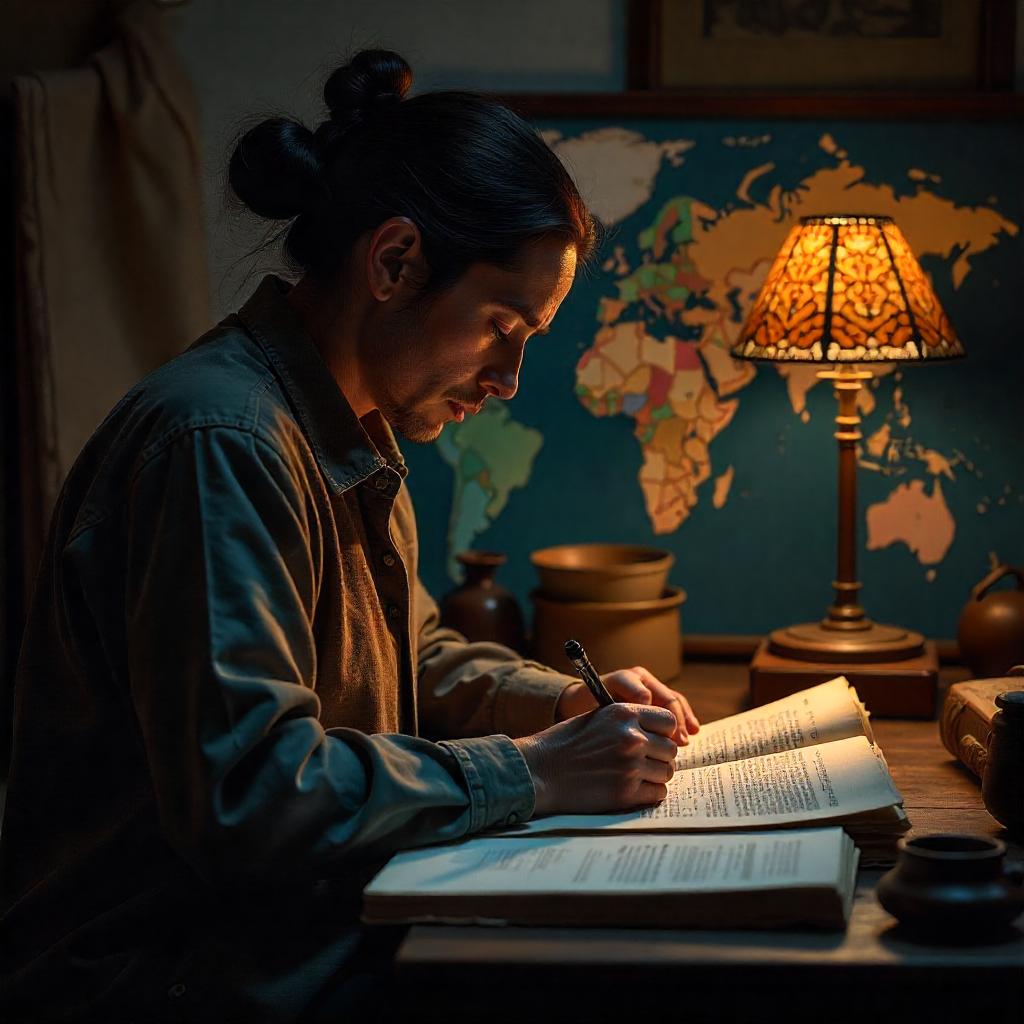In today’s interconnected world, translation is not only about converting text from one language to another—it’s also a vital tool in preserving and sharing cultural heritage. While AI tools have made translations faster and more accessible, human translators play a crucial role in safeguarding the richness and authenticity of diverse cultures. Here’s why translation is key in cultural preservation:
1. Capturing Tradition and History
Translation isn’t just about words; it’s about preserving the history and traditions of a community. Human translators can ensure that the stories, folklore, and historical texts remain intact, accurately reflecting their cultural significance and emotional depth.
2. Conveying Emotional Resonance
Every language carries its own emotional weight and depth. While machines may be able to translate words, they often miss the emotions and subtle undertones behind them. Human translators capture the emotional resonance of a piece, ensuring the original intent and sentiment are conveyed.
3. Maintaining Linguistic Nuances
Many languages have words that simply don’t exist in others, making translation a challenge. Human translators, especially those familiar with both the source and target languages, find creative ways to maintain meaning, even when direct translation isn’t possible.
4. Protecting Local Dialects
Local dialects are often rich with unique expressions and ways of speaking that can be lost in machine translation. Human translators who understand these dialects can help preserve them, allowing future generations to experience the language as it was originally spoken.
5. Promoting Cross-Cultural Understanding
Translation serves as a bridge between cultures, fostering greater understanding and collaboration. Human translators ensure that cultural nuances are respected, which helps to avoid misinterpretations or the erasure of important cultural elements.
6. The Symbiosis of AI and Human Translators
While AI tools can assist in speeding up the translation process, the preservation of cultural heritage requires the human touch. Combining the speed and efficiency of AI with the depth and sensitivity of human translators creates a powerful combination for safeguarding cultures.
In conclusion, translation goes beyond language conversion—it’s a vital force in maintaining the beauty and complexity of diverse cultures. Human translators ensure that the nuances, emotions, and traditions embedded in language are preserved for future generations.
At Papyrus Localization, we turn linguistic challenges into opportunities, helping businesses communicate effectively and connect with audiences worldwide.
- 2025-05-30 20:19:17



